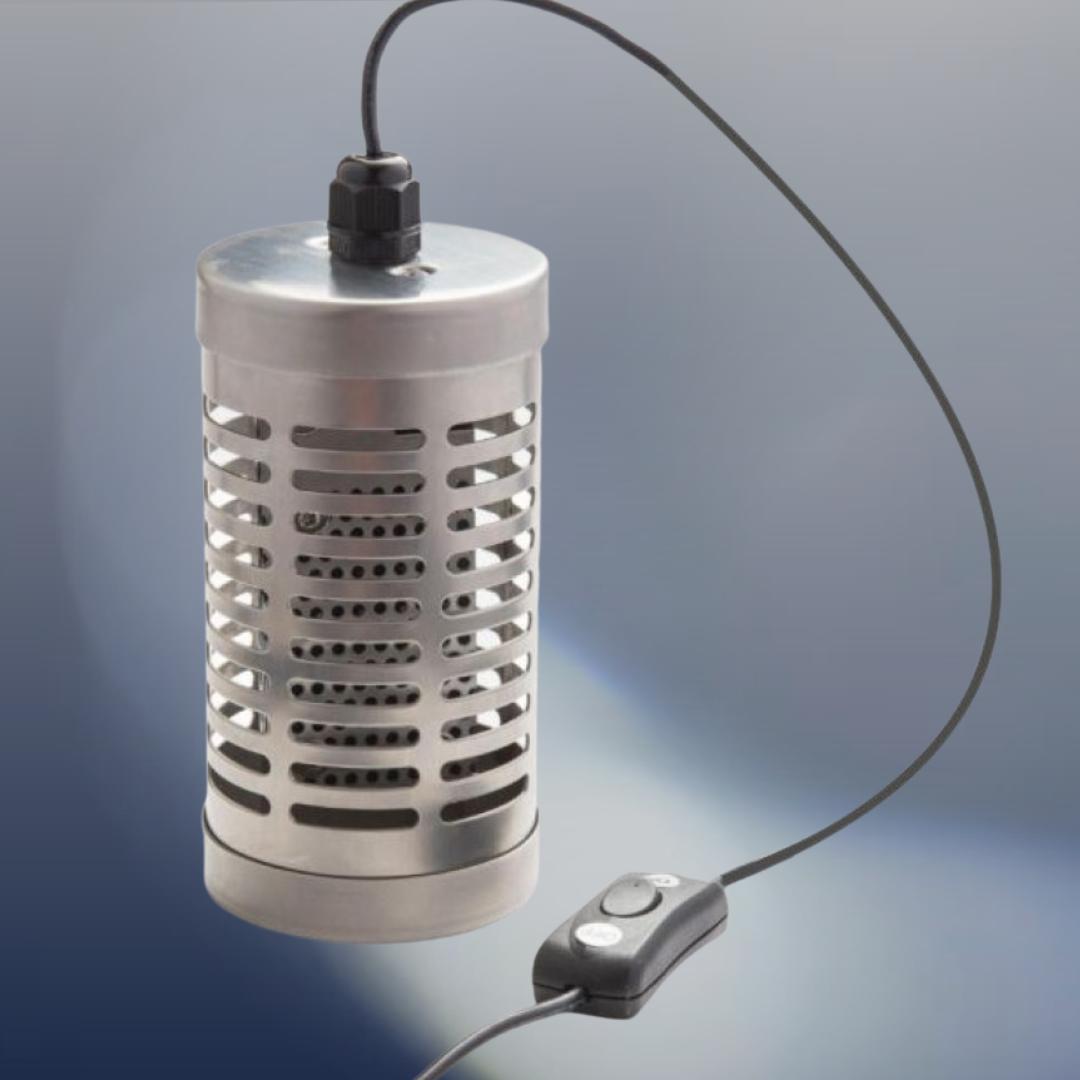Answer
Jun 12, 2025 - 12:39 PM
Electrolytic ozone generators produce ozone (O₃) directly from water using a small electrical current—no need for air pumps, oxygen tanks, or added chemicals. This technology is ideal for on-demand water purification, especially in compact, portable systems like the one you're viewing.
✅ Key Benefits:
1. No external air supply needed
Unlike traditional ozone systems that rely on compressed air or oxygen, this unit uses just water and electricity—simplifying operation and reducing component wear.
2. Compact and portable
Its self-contained design makes it perfect for use in the kitchen, RVs, cabins, or field conditions. Great for both everyday use and emergency situations.
3. Delivers powerful ozone directly in water
By generating ozone in liquid form, this method achieves rapid microbial inactivation and effective odor removal without gas escaping into the air.
4. Quick disinfection
Achieves effective ozone concentrations in minutes, making it fast and practical for treating up to 5 gallons of water (depending on the model).
5. Exceptionally energy-efficient
This technology draws very low voltage and amperage, making it the most power-efficient ozone generation method available. Ideal for battery-powered or off-grid use.
6. Minimal maintenance
With no air compressors or moving parts, these units are durable and easy to maintain over time.
⚠️ Disadvantages or at least things to consider:
1. Best with low-mineral water
Electrolytic ozone systems perform best in water with Total Dissolved Solids (TDS) of 50-300. Hard or mineral-heavy water can cause scale build up, reduce efficiency and shorten electrode life.
2. Small-scale purification
These systems are optimized for treating water in small batches, not for continuous flow or industrial-scale operations.
3. Electrode wear is gradual
Over time, electrodes may require replacement, especially if used frequently with untreated or high-TDS water.
4. Needs a power source
Even with excellent energy efficiency, these units still require charging or a connection to a power supply.




Add New Comment